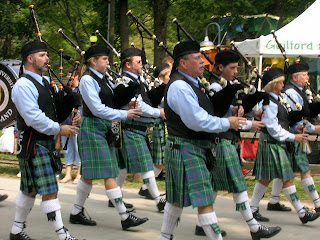Since it's election day, here are some ways Scottish elections are similar and different from the United States.
1. One month before Election day, Parliament is dissolved. Candidates have just 30 days to campaign.
2. Every seat is up for election, even the Prime Minister, which is won by the party with the most votes.
3. Election occurs every five years.
4. First-past-the-post: a term used to mean, the-candidate-with-the-most-votes.
5. There are lots of parties running including: SNP (Scottish National Party), Plaid Cymru, Scottish Green, UK Independence Party, Christian People's Alliance, Jury Team, Pensioners, Animals Count, Jan Jananayagam, People Before Profit, Pirate and New Millennium Bean Party
6. They have voter fraud as well. Last election, 5,000 registrations were received at the last minute and could not be processed. In a small country, 5,000 could easily sway an election.
7. In the May election, the Conservative Party won the majority of seats, followed by the Labour Party and the LibDem Party.
8. Even though one party has the majority, it is still considered a hung parliament, because there are so many parties with minorities. Therefore the majority party, standing around 30% of the vote, must make alliances with other parties, so far the Conservative Party and the LibDem Party have been working together.
9. The campaign scandals: a Labour candidate stepped down from his campaign after leaks of text messages were published. His remarks, such as calling elderly voters 'coffin dodgers,' were enough to force him off the ballot. Another incident took place when Prime Minister Gordon Brown remarked about an annoying woman, while still wearing his microphone. The incident was widely published and had a detrimental effect on his campaign, though he earnestly sought forgiveness.
10. An 'expenses scandal' forced many not to seek re-election by a Parliamentary order. The expenditures were as large as vacation homes and as small as designer pillows.
So elections in the US or the UK have the same elements: scandal, voter fraud and angry constituents.









